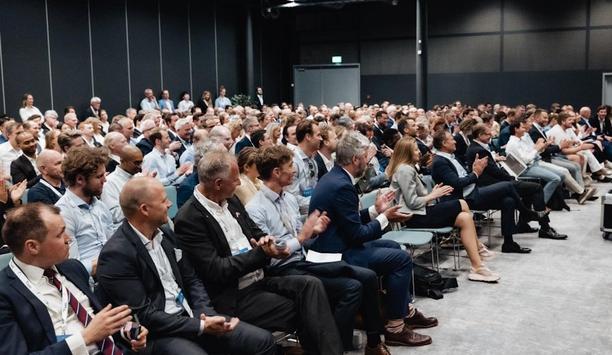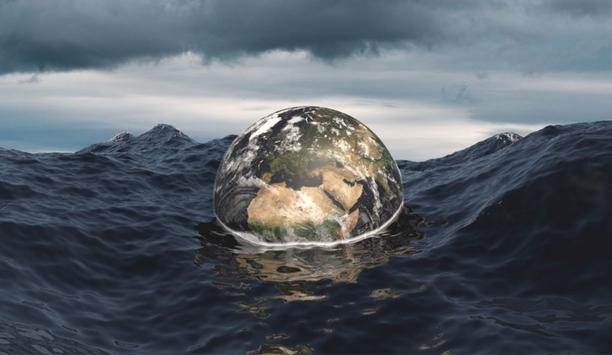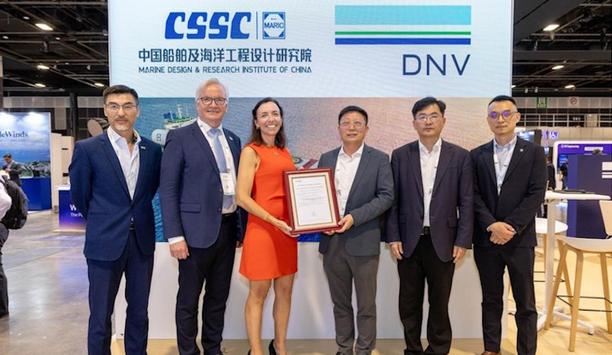ERMA FIRST, a globally renowned sustainable maritime solutions provider, has joined the RightShip Zero Harm Innovation Partners Program, which aims to promote the adoption of solutions targeting a zero-harm maritime industry.
Committed to preserving and protecting the marine ecosystem, ERMA FIRST offers an extensive portfolio of future-proof maritime sustainability solutions encompassing alternative maritime power (AMP), carbon capture and storage (CCS), and energy-saving devices (ESDs).
Future-proof solutions
With these solutions now part of the Zero Harm Innovation Partners Program, shipowners and managers can showcase these integrated technologies to charterers, demonstrating their proactive steps towards achieving zero harm.
“ERMA FIRST began life as a manufacturer and supplier of ballast water treatment systems, but has since evolved to become a pioneering provider of future-proof solutions that directly contribute to maritime decarbonisation,” said Nikos Drimalas, Sales Director, ERMA FIRST.
Shoreside electrical grid
Nikos Drimalas adds: “As a testament to the impact of these solutions, our newly established collaboration with RightShip will help us to reach an even wider global audience. We are proud to be involved in a programme that promises to accelerate shipping’s transition to a zero-harm industry.”
By allowing vessels to shut down their auxiliary engines and draw from the shoreside electrical grid at berth, ERMA FIRST’s AMP system, BLUE CONNECT, enables emissions-free port stays, while its CARBON FIT CCS system will significantly reduce emissions at sea by capturing CO2 from exhaust gases.
FLEX series of ESDs
The company’s FLEX series of ESDs boost propulsive efficiency to cut fuel consumption and emissions
Meanwhile, the company’s FLEX series of ESDs boost propulsive efficiency to cut fuel consumption and emissions during voyages.
The first in the series, FLEXCAP, builds on the proven capabilities of propeller boss-cap fins, drawing energy from the hub vortex and converting it into torque to reduce power demand on the propeller, enhancing fuel efficiency by two to five percent as a result.
Proper alignment
Using a ring design to guide water flow towards the propeller, FLEXRING increases speed in areas where flow is otherwise obstructed. It also creates some thrust on the duct and, with proper alignment of the fins, a pre-swirl effect. This leads to efficiency gains of between three and seven percent.
Comprising a set of fins placed and aligned with precision, FLEXFIN guides the flow around the hull in such a way that ensures more even distribution, reducing water resistance, optimising flow to the propeller, and consequently boosting efficiency by up to three percent. When used in conjunction, the three ESDs can yield energy savings of up to 16%.











